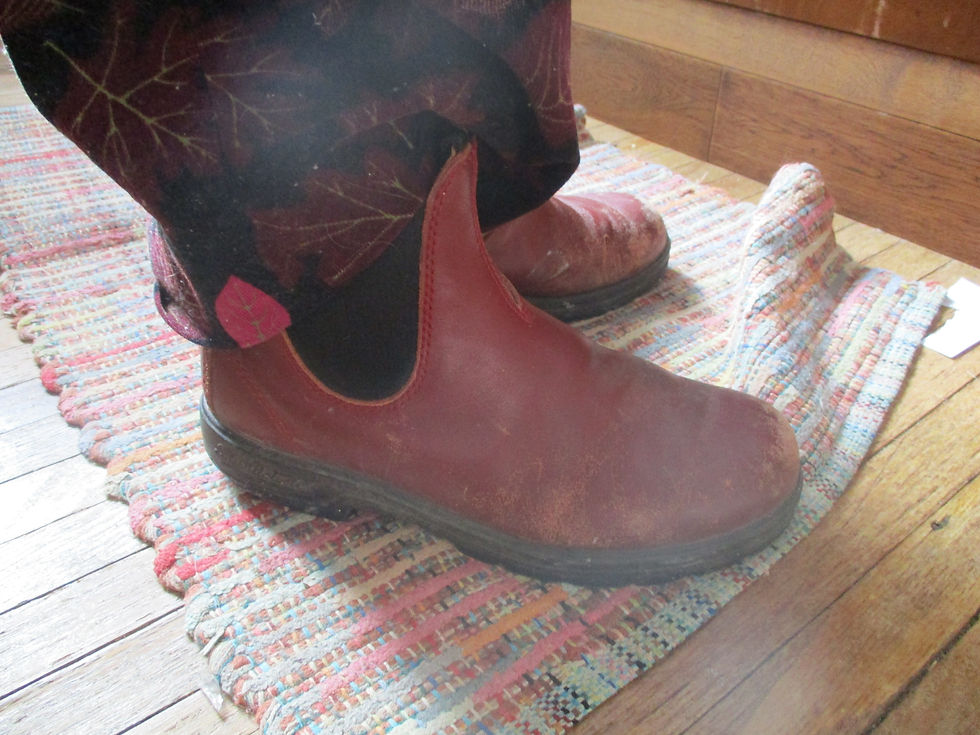Walk for the Earth
- Laura Crystal
- Sep 23, 2019
- 2 min read
Updated: Oct 4, 2019
No, I'm not suggesting that you walk in rallies and protests about environmental issues (although that's good too). I'm suggesting that you choose to walk places instead of drive. It's so simple that almost anybody can do it.

This walking thing- it's too simple to work, right? Wrong. Usually the simplest solutions are the best. Who wants to keep doing complicated and difficult things? Certainly not me. But if it's simple and easy, many more people will try it and hopefully keep it up.
Right now, we need as many environmental actions as possible that everyone can do. These shared actions will unite us in our struggle. So walking, literally and figuratively, can bring us together.
Yes, it's true that walking is easier in the city. But if you live in a small town like me, you can still make the choice to walk a lot of places. Walk your kids to school, walk to the grocery store or library, walk to the bank or the park. Leave your car at home whenever you can.
When you live in the country, walking places is a little more of a challenge but there are ways to drive less. Sure, you have to drive to town but, once you're there, park your car and walk everywhere else. You can also minimize your trips to town by making sure you run as many errands as possible in the same trip.
Please remember that choosing to walk even small distances makes a big difference if you do it often. My family's walk to school is only 10 minutes but if I drove that everyday, all year long, it would add up to a lot of driving.
Yes, walking does take a little longer but once you start, you might even decide you like it better. Plus, you get free exercise when you walk. It's a win for you and a win for the earth!



Comments